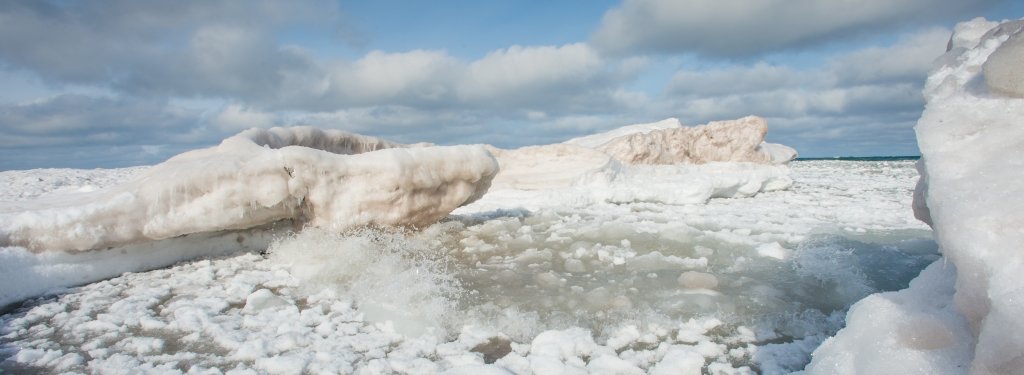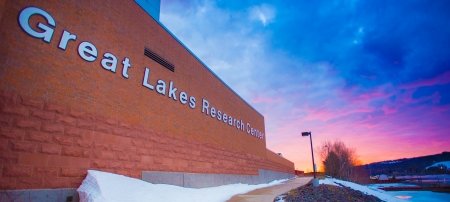Intensely cold weather can freeze over Lake Superior and cause lake-effect snow to drop off... but usually not for long.
The sky is a land of mystique beauty and grandeur of wonders that has long fascinated many. You may have noticed the increased sunshine over the mostly frozen Lake Superior recently. February and occasionally March are typically associated with gray skies and continued lake-effect snow, but extended cold temperatures in February allowed large portions of western Lake Superior to freeze—a somewhat rare occurrence.
The Lake Superior “lake-effect snow machine” relies on cold air interacting with open water to supply heat and moisture for cloud development, so recent paltry snowfall totals can be blamed on the extensive lake ice coverage. Did the lake-effect snow machine completely shut off? Not entirely. Even small openings in the lake ice can produce clouds and snow, although snowfall is less intense and more sporadic. High-resolution satellite imagery is used to locate lake ice openings and possible regions where lake-effect snow may form under extensive lake ice coverage conditions.
Michigan Tech researcher Mark Kulie, assistant professor in Geological and Mining Engineering and Sciences studies lake-effect snow using multiple tools, including specialized research radars and high-speed cameras that count the snowflake population, measure snowflake size and calculate how fast snowflakes fall in the air. These observations will improve quantitative snowfall estimates from satellite instruments that constantly monitor the Earth. Are we upset with the recent lake-effect snow machine interruption? Slightly. Nevertheless, the lake-effect snow machine will return, and our instruments will be ready.
Michigan Technological University is an R1 public research university founded in 1885 in Houghton, and is home to nearly 7,500 students from more than 60 countries around the world. Consistently ranked among the best universities in the country for return on investment, Michigan's flagship technological university offers more than 185 undergraduate and graduate degree programs in science and technology, engineering, computing, forestry, business, health professions, humanities, mathematics, social sciences, and the arts. The rural campus is situated just miles from Lake Superior in Michigan's Upper Peninsula, offering year-round opportunities for outdoor adventure.







Comments